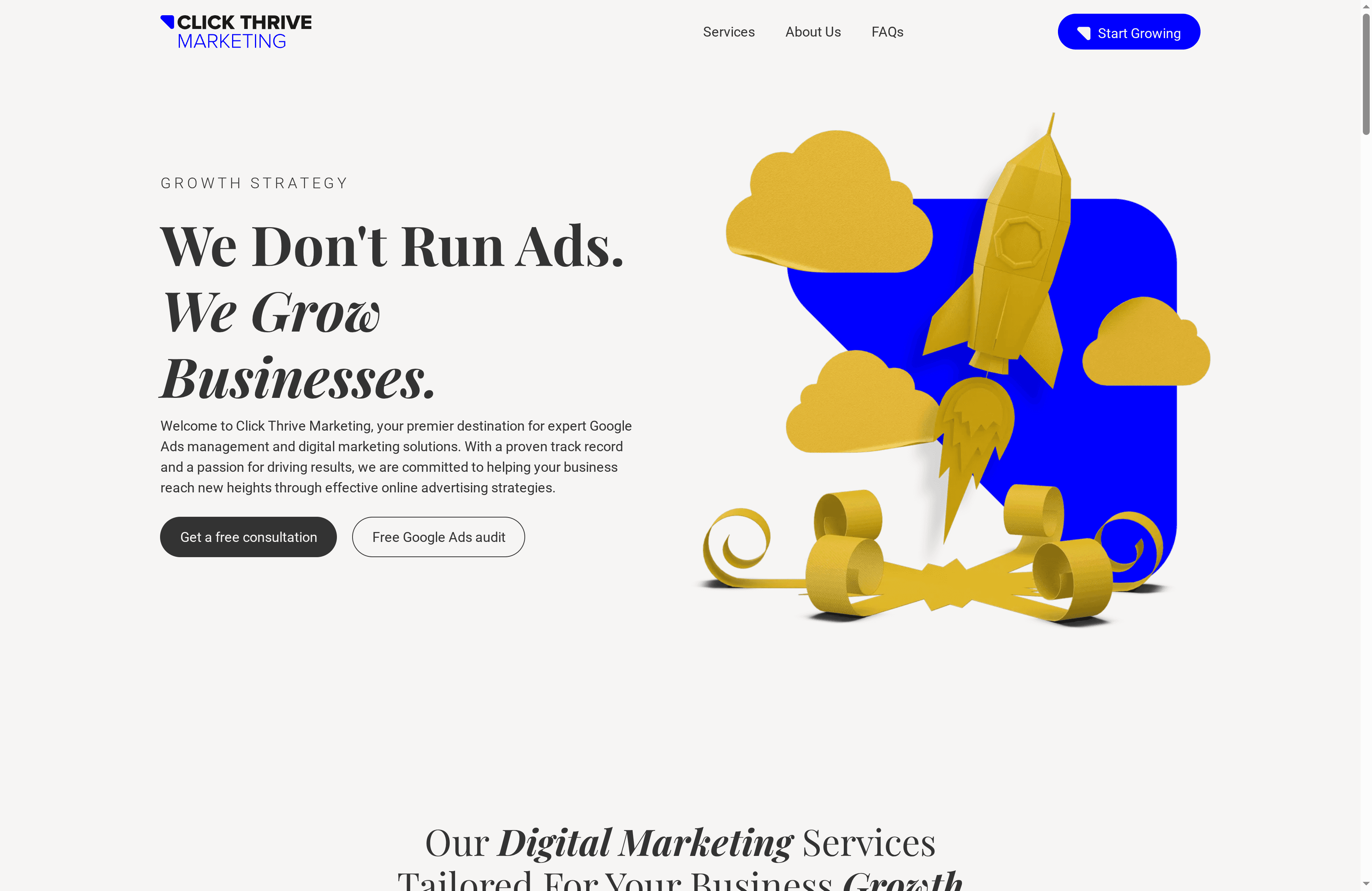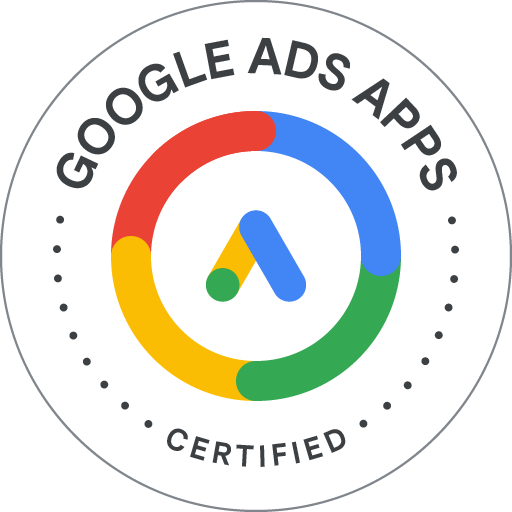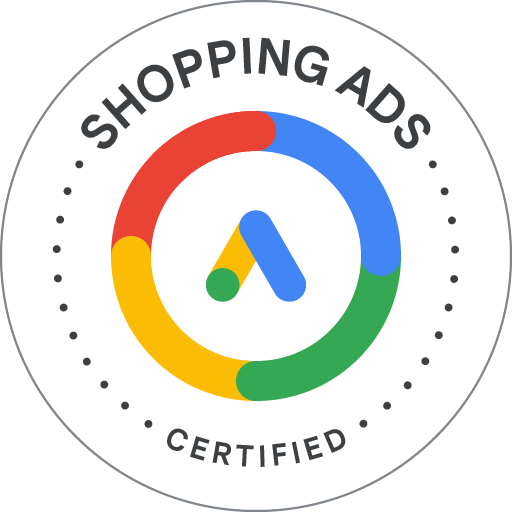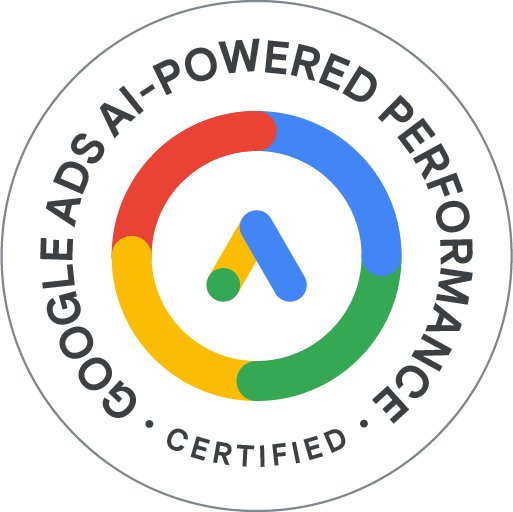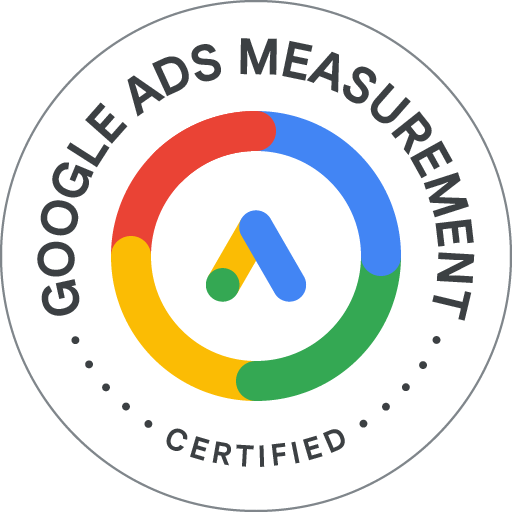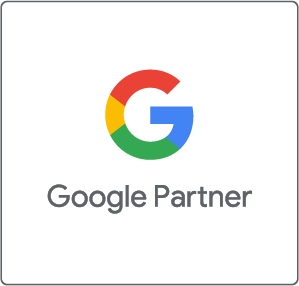Over 60 percent of businesses admit they struggle to attract leads who are the right fit for their services. Without a clear profile and well-defined goals, efforts often get lost and results fall short. Understanding exactly who you want to reach and the outcomes you aim to achieve lays the groundwork for everything that follows. This guide shows how to identify your best customers, set measurable targets, and build a solid foundation for meaningful business growth.
Table of Contents
- Step 1: Define Your Ideal Customer Profile And Goals
- Step 2: Build High-Converting Landing Pages And Forms
- Step 3: Launch Targeted Google Ads Campaigns
- Step 4: Optimize Funnel For Lead Quality And Conversions
- Step 5: Monitor Results And Refine Your Lead Strategy
Quick Summary
| Key Point | Explanation |
|---|---|
| 1. Define your ideal customer profile | Create a detailed customer profile to tailor marketing efforts and improve lead generation success. |
| 2. Design high-converting landing pages | Optimize landing pages with compelling headlines and minimal forms to enhance user experience and conversion rates. |
| 3. Launch targeted Google Ads campaigns | Use Google Ads to drive traffic from specific customer segments, focusing on their unique needs and search behaviors. |
| 4. Implement a lead scoring system | Develop a lead scoring process to prioritize prospects based on potential value and readiness to convert. |
| 5. Monitor and refine your strategy | Regularly analyze performance metrics to improve targeting and increase the quality of acquired leads. |
Step 1: Define your ideal customer profile and goals
This step is about creating a crystal clear picture of exactly who you want to attract and what specific outcomes you hope to achieve. Understanding your target market isn’t just important—it’s the foundation of successful lead generation.
According to Wikipedia, identifying specific customer groups based on shared characteristics allows businesses to tailor marketing efforts effectively. To build your ideal customer profile, start by gathering detailed demographic and psychographic information. Consider factors like age, income level, professional role, challenges they face, and their typical purchasing behaviors.
Begin with three core strategies:
- Create a comprehensive buyer persona that goes beyond basic demographics
- Research your existing customer base to understand common characteristics
- Map out your customer’s typical journey and pain points
Quickly sketch out what success looks like for your business. Are you aiming to increase monthly leads by 30%? Generate more qualified appointments? Get specific about your goals so you can measure progress accurately. Your customer profile isn’t static—plan to refine it continuously as you learn more about who responds best to your marketing efforts.
Next, you’ll take this customer profile and use it to craft laser focused marketing messages that speak directly to their needs and motivations.
Step 2: Build high-converting landing pages and forms
Now that you understand your ideal customer, it is time to create landing pages and forms that transform curious visitors into committed leads. The goal is simple create a seamless experience that makes potential customers feel understood and eager to take action.
According to Growthlity, one powerful technique is pre-filling forms using URL parameters to enhance user experience and improve form completion rates. Smart Insights recommends conducting A/B testing to evaluate different page elements and optimize conversion rates.
Start by designing a clean layout that speaks directly to your target audience. Your landing page should include:
- A compelling headline that addresses a specific customer pain point
- Clear value proposition within the first few seconds
- Minimal form fields to reduce friction
- Strong social proof like testimonials or case studies
- A prominent call to action button
Place your most critical information above the fold so visitors immediately understand what you offer. Use language that matches your ideal customer profile and focus on solving their specific problems. Make the form submission process as smooth as possible fewer fields mean higher completion rates.
Quick pro tip look at your form from a user perspective. Would you want to fill it out? If the answer is no then redesign it. Test different variations to see what resonates best with your audience.
In the next step, you will learn how to drive targeted traffic to these meticulously crafted landing pages and start generating quality leads for your business.
Step 3: Launch targeted Google Ads campaigns
With your customer profile and high-converting landing pages ready, it is time to drive laser focused traffic through strategic Google Ads campaigns. Your goal is to connect with potential customers precisely when they are searching for solutions you offer.
According to Wikipedia, successful advertising relies on market segmentation by dividing your target audience into sub-groups with shared characteristics. Wikipedia also emphasizes the importance of crafting a compelling customer value proposition that resonates with your specific audience segments.
Start by selecting the right campaign type for your business objectives:
- Search campaigns for capturing high intent customers
- Display campaigns for building brand awareness
- Remarketing campaigns to re-engage previous website visitors
- Local service ads for region specific targeting
Design your ads with surgical precision. Match your ad copy directly to the keywords your ideal customers are searching and align the messaging with the specific pain points you identified in your customer profile. Use specific language that speaks directly to their needs and challenges.
Create multiple ad variations and leverage Googles built in optimization tools to automatically test and improve performance. Monitor your campaigns closely track metrics like click through rate conversion rate and cost per acquisition. Be prepared to make rapid adjustments based on real world performance data.
Pro tip budget allocation matters. Start with a modest daily budget and gradually increase spend as you validate which targeting strategies and ad variations generate the best results. Patience and continuous optimization are key to building a successful Google Ads strategy.
In the next step, you will learn how to track and analyze your lead generation efforts to ensure consistent business growth.
Step 4: Optimize funnel for lead quality and conversions
With your targeted Google Ads campaigns running, your next critical step is transforming interested prospects into high quality leads. This phase is about fine tuning your marketing funnel to attract and nurture the most valuable potential customers.
According to Wikipedia, lead scoring methodologies are essential for ranking prospects based on their perceived value and potential for conversion. arXiv research suggests using advanced optimization algorithms to dynamically improve web page content and conversion rates in real time.
Implement a comprehensive lead scoring system that evaluates prospects across multiple dimensions:
- Demographic fit with your ideal customer profile
- Engagement level with your marketing content
- Specific actions taken on your website
- Potential lifetime customer value
- Urgency of their purchasing need
Track and analyze each interaction potential customers have with your marketing assets. Use behavioral signals to prioritize leads that demonstrate the highest potential for conversion. This means going beyond basic contact information and understanding the deeper motivations and readiness of each prospect.
Create strategic segmentation in your lead management process. Develop personalized follow up strategies for different lead tiers high potential leads get immediate personal attention while nurturing tracks support less mature prospects.
Pro tip implement marketing automation tools that can dynamically adjust lead scoring models based on actual conversion performance.

In the final step, you will learn how to develop a systematic approach to converting these carefully nurtured leads into loyal paying customers.
Step 5: Monitor results and refine your lead strategy
With your lead generation system now operational, the real work of continuous improvement begins. This final step is about transforming raw data into actionable insights that will progressively enhance your marketing performance.
Research from arXiv demonstrates the potential of using big data and unsupervised learning techniques to predict customer quality in digital networks. Another arXiv study further highlights how intellectual and social capital play critical roles in recognizing and optimizing business opportunities.
Establish a robust monitoring framework that tracks key performance indicators across multiple dimensions:
- Conversion rates at each funnel stage
- Cost per acquired lead
- Lead quality score
- Customer acquisition time
- Return on marketing investment
Create a weekly and monthly review process where you systematically analyze these metrics. Look for patterns emerging from your data what campaigns generate the highest quality leads? Which audience segments demonstrate the most potential? Use these insights to make incremental adjustments to your targeting strategies.
Implement a continuous learning approach. Set up automated reporting tools that provide real time insights into your lead generation performance. Be prepared to pivot quickly experiment boldly and always prioritize data driven decision making.
Pro tip develop a feedback loop that connects your sales team with your marketing efforts. Their direct insights about lead quality can provide invaluable context that raw metrics might miss.
Congratulations. You have now built a comprehensive lead generation system designed to consistently attract high quality prospects for your business.
Take Your Small Business Lead Generation to the Next Level
Generating quality leads online can feel overwhelming, especially when juggling multiple marketing tactics that demand your time and budget. This article highlights common struggles such as defining your ideal customer profile, optimizing landing pages, and running targeted Google Ads campaigns. It is crucial to address these challenges with expert guidance to avoid wasted spend and low conversion rates. When lead quality and conversion scores fall short, your growth stalls and frustration builds. You need a clear, tailored system that delivers results.
Experience how Click Thrive Marketing helps small businesses overcome these pain points by managing and optimizing high-performance Google Ads campaigns that target your precise audience with the right message every time. With a proven track record managing over $30 million in ad spend, our award-winning strategies ensure you maximize your return on investment while consistently attracting qualified prospects. Learn more about effective lead generation solutions in our Uncategorized Archives and start building campaigns that convert.
Ready to stop guessing and start growing your business with data-driven marketing that works? Visit Click Thrive Marketing now to schedule your free consultation. Turn your lead generation efforts into a scalable system that fuels consistent growth and puts your small business ahead of the competition.
Frequently Asked Questions
How can I define my ideal customer profile for lead generation?
To define your ideal customer profile, gather detailed demographic and psychographic information about your target audience. Focus on factors like age, income level, and challenges they face, and create a comprehensive buyer persona that reflects these characteristics.
What elements should I include on my landing pages to increase conversions?
Include a compelling headline that addresses a specific customer pain point, a clear value proposition, and minimal form fields. Aim for a clean layout that resonates with your audience and encourages action within the first few seconds of their visit.
How do I set up effective Google Ads campaigns for my small business?
To set up effective Google Ads campaigns, choose the right campaign type based on your goals, such as search campaigns for high-intent customers. Design your ads with keywords relevant to your audience’s needs and continuously monitor performance metrics to optimize your campaigns.
What is lead scoring and how do I implement it?
Lead scoring is a system that ranks prospects based on their demographic fit, engagement level, and actions taken on your site. Implement a scoring system to prioritize leads and tailor follow-up strategies based on their potential for conversion.
How can I continuously improve my lead generation strategy?
To continuously improve your lead generation strategy, establish a monitoring framework that tracks key performance indicators, such as conversion rates and lead quality scores. Regularly analyze this data and adjust your campaigns or strategies to enhance effectiveness and maximize return on investment.
What steps should I take to maintain customer engagement after generating leads?
To maintain customer engagement after generating leads, develop personalized follow-up strategies for different lead tiers. Implement nurturing tracks for less mature prospects while providing immediate attention to high-potential leads to foster loyalty and encourage conversions.
Recommended
- 7 Real Examples of Google Ads Campaigns for Business Growth – Click Thrive Marketing
- Click Thrive Marketing – Click Thrive Marketing
- 7 Proven Conversion Rate Optimization Tips for Small Businesses – Click Thrive Marketing
- How do I generate leads for my service business? – Ads Daddy. Advertise on All Plattforms.
- Lead Generation: Everything You Need to Know

